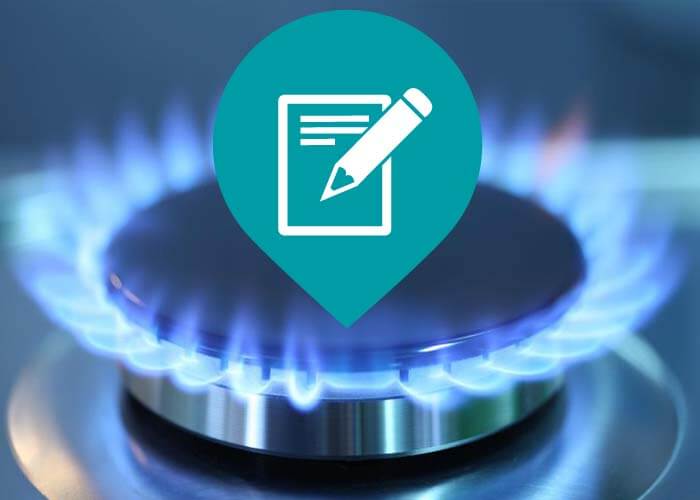
How Does the Natural Gas Shipment System Job?
Exactly how Does the Gas Delivery System Work?
Gas moving from greater to lower pressure is the basic principle of the natural gas shipment system. The quantity of stress in a pipe is gauged in extra pounds per square inch.
From the well, the gas enters into "gathering" lines, which are like branches on a tree, obtaining larger as they obtain closer to the central collection point.
Gathering Systems
A celebration system might require one or more area compressors to move the gas to the pipeline or the handling plant. A compressor is a machine driven by an internal burning engine or generator that produces pressure to "push" the gas via the lines. Most compressors in the natural gas delivery system utilize a small amount of gas from their very own lines as fuel.
Some gas gathering systems consist of a processing facility, which does such functions as getting rid of impurities like water, co2 or sulfur that may corrode a pipeline, or inert gases, such as helium, that would certainly lower the energy value of the gas. Processing plants also can eliminate small quantities of lp as well as butane. These gases are made use of for chemical feedstocks and also various other applications.
The Transmission System
From the gathering system, the natural gas steps into the transmission system, which is generally composed of about 272,000 miles of high-strength steel piper.
These huge transmission lines for natural gas can be compared to the nation's interstate highway system for vehicles. They move big amounts of gas countless miles from the producing areas to local distribution companies (LDCs). The pressure of gas in each area of line typically varies from 200 pounds to 1,500 pounds per square inch, depending upon the sort of area in which the pipeline is running. As a safety measure, pipes are designed as well as built to handle much more pressure than is ever actually reached in the system. For example, pipelines in even more booming locations run at less than one-half of their design pressure degree.
Several significant interstate pipelines are "knotted"-- there are 2 or more lines running alongside each other in the exact same right-of-way. This offers optimum ability throughout periods of peak demand.
Compressor Stations
Compressor stations lie around every 50 to 60 miles along each pipeline to enhance the pressure that is shed through the rubbing of the natural gas moving with the steel pipeline. Numerous compressor terminals are completely automated, so the devices can be begun or quit from a pipe's main control room. The control room can likewise from another location run shut-off shutoffs along the transmission system. The operators of the system maintain in-depth operating data on each compressor station, as well as constantly readjust the mix of engines that are running to make the most of performance and also safety and security.
Natural gas actions via the transmission system at approximately 30 miles per hr, so it takes a number of days for gas from Texas to reach an energy invoice point in the Northeast. Along the way, there are several interconnections with various other pipes as well as various other utility systems, which supplies system operators a great deal of versatility in relocating gas.
Linepack
A 50-mile section of 42-inch transmission line operating at about 1,000 pounds of stress contains about 200 million cubic feet of gas-- sufficient to power a kitchen range for greater than 2,000 years. The quantity of gas in the pipeline is called the "linepack.".
By raising and lowering the stress on any kind of pipe sector, a pipe business can make use of the sector to keep gas during periods when there is much less need at the end of the pipeline. Using linepack in this way permits pipeline operators to handle per hour changes in demand really successfully.
Natural gas pipes as well as energies utilize really advanced computer system designs of consumer need for natural gas, which connect daily as well as per hour consumption trends with seasonal and also environmental factors. That's why clients can depend upon the integrity of gas-- when it's required, it exists.
Gateway Terminals.
When the gas in a transmission pipeline reaches a regional gas utility, it usually passes through a "gate terminal." Utilities regularly have gate stations obtaining gas at many different areas as well as from a number of different pipes. Gate stations offer three purposes. First, they minimize the pressure in the line from transmission degrees (200 to 1,500 extra pounds) to circulation levels, which range from 1/4 pound to 200 extra pounds. After that an Additional reading odorant, the unique sour aroma connected with gas, is included, to ensure that customers can scent even small quantities of gas. Ultimately, eviction terminal gauges the circulation price of the gas to identify the amount being gotten by the utility.